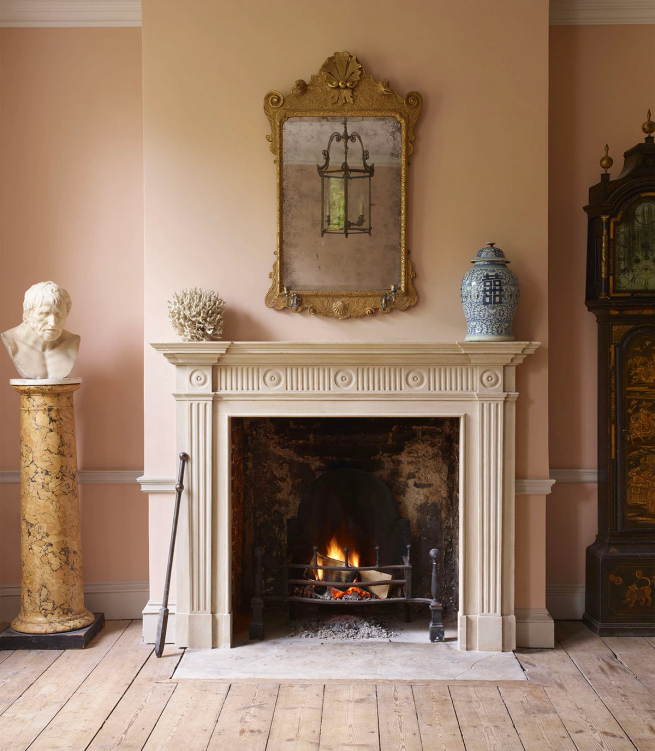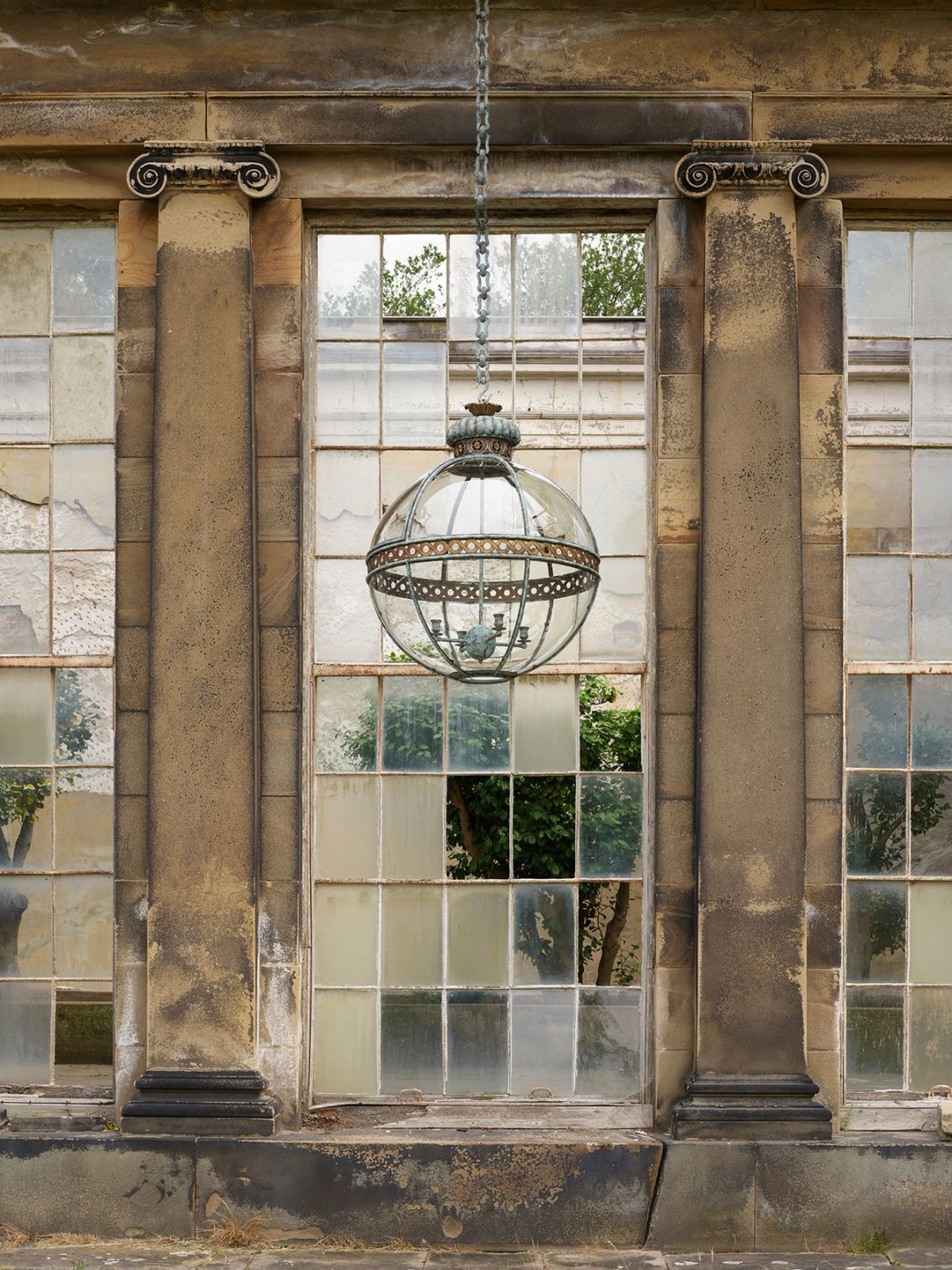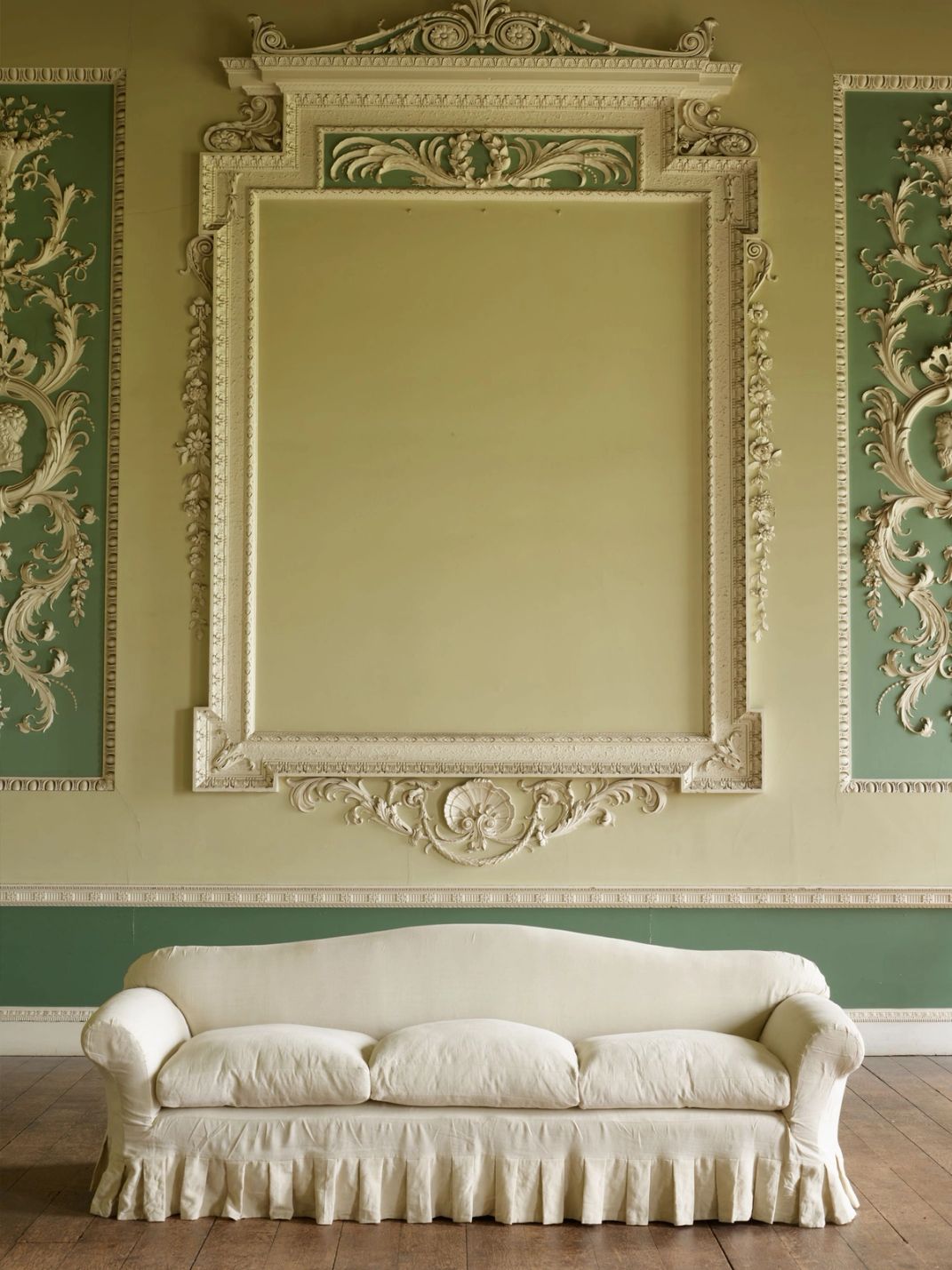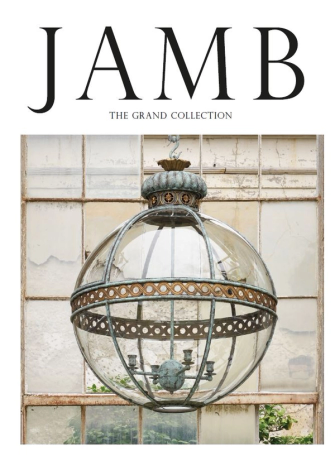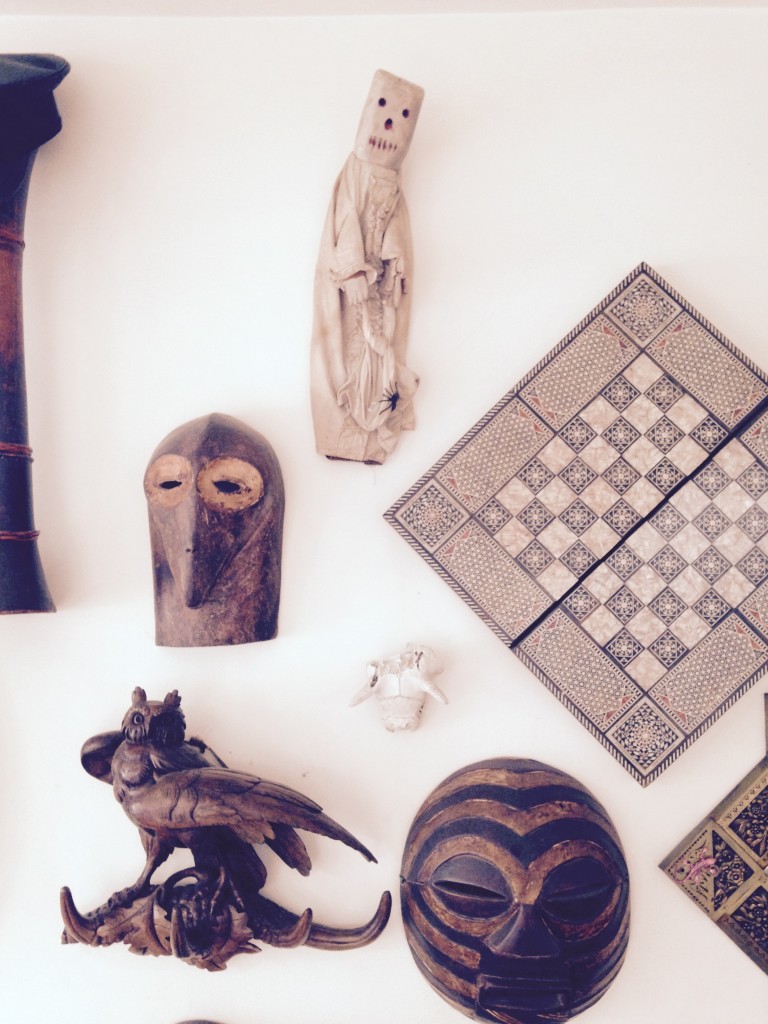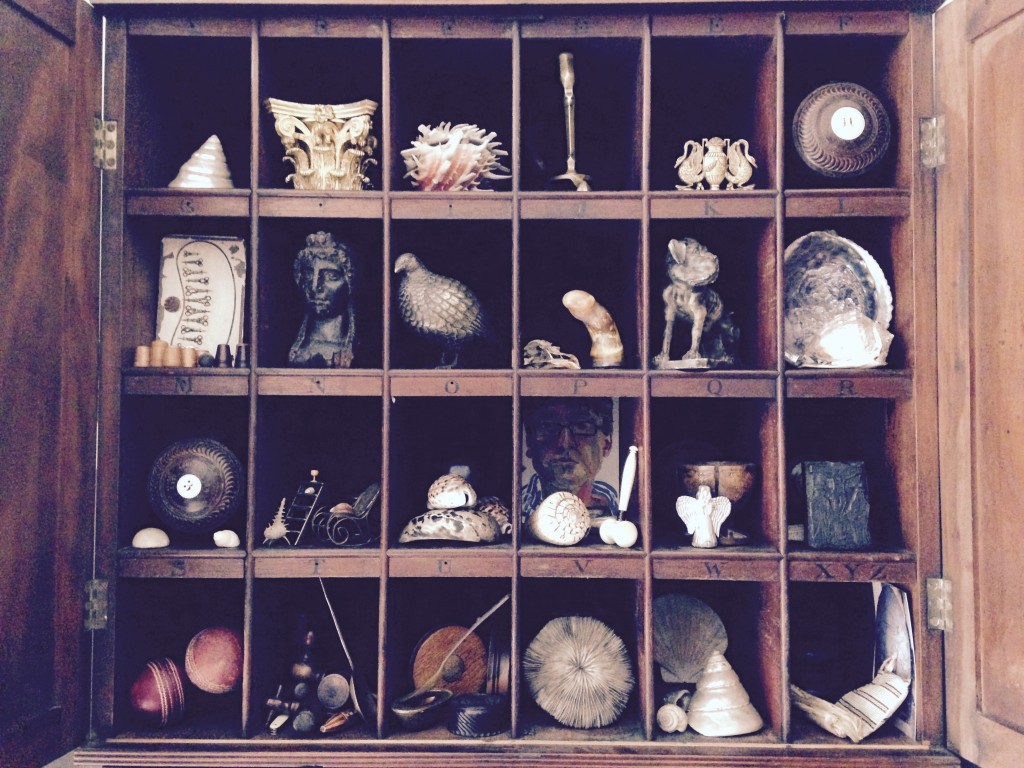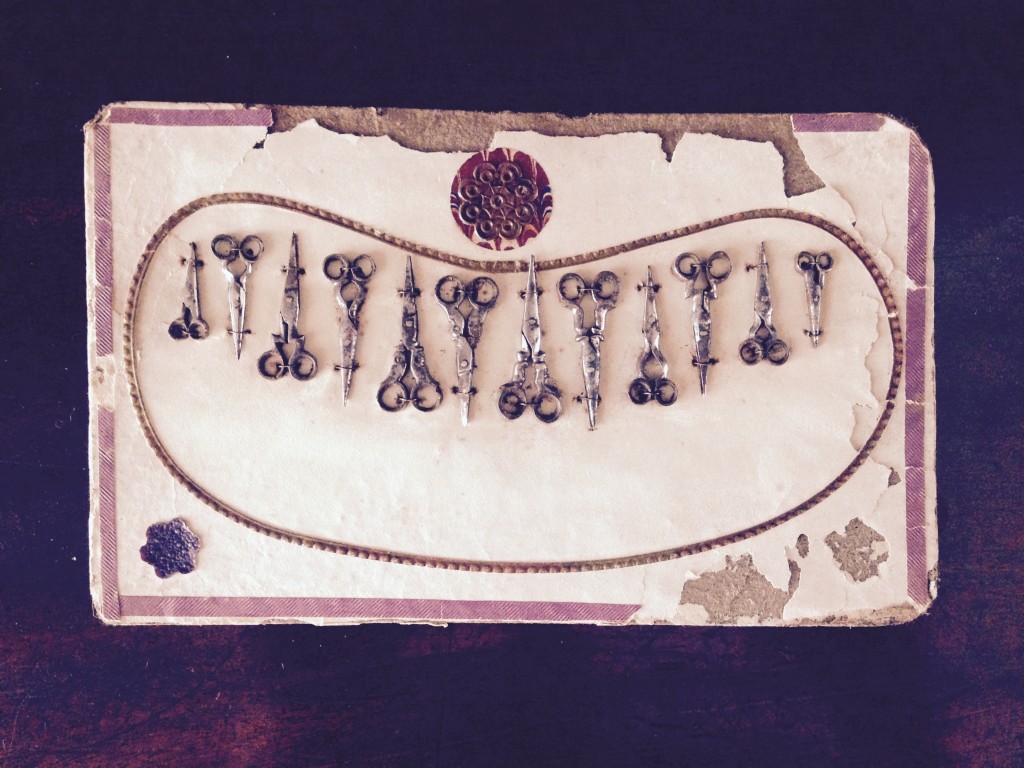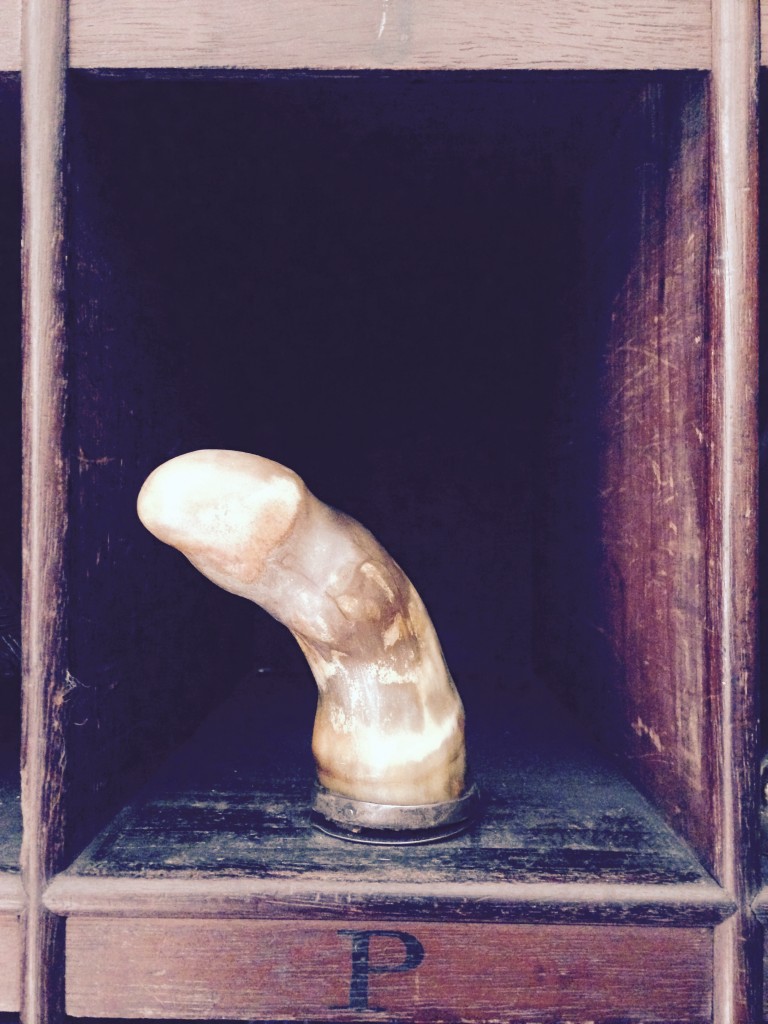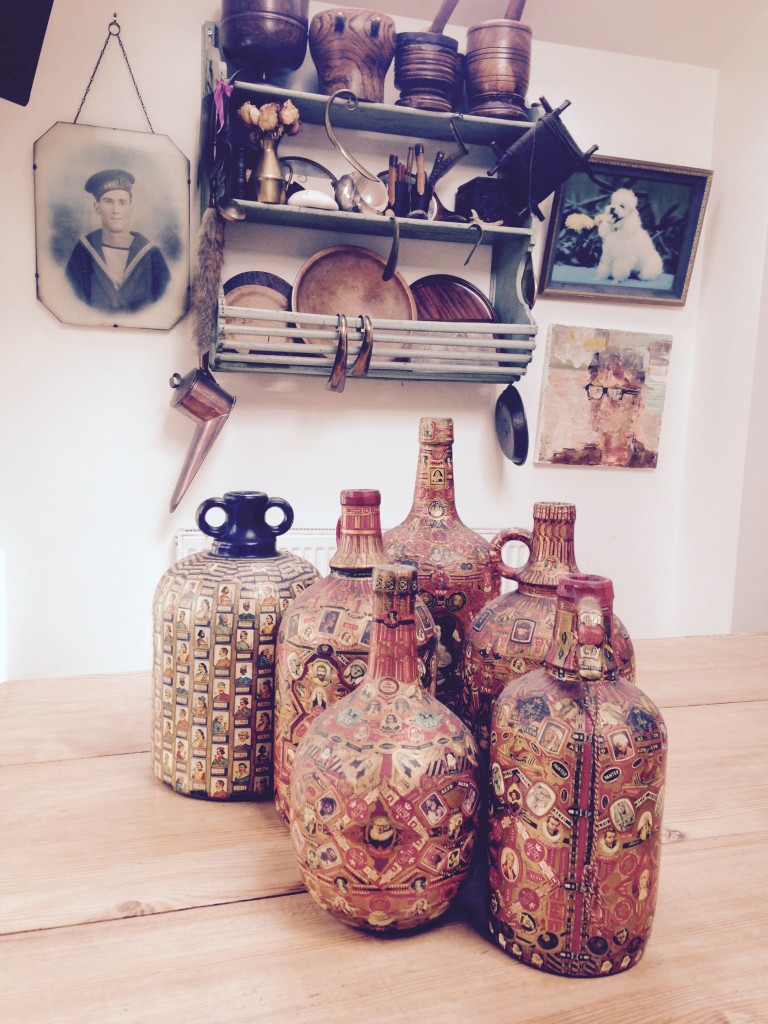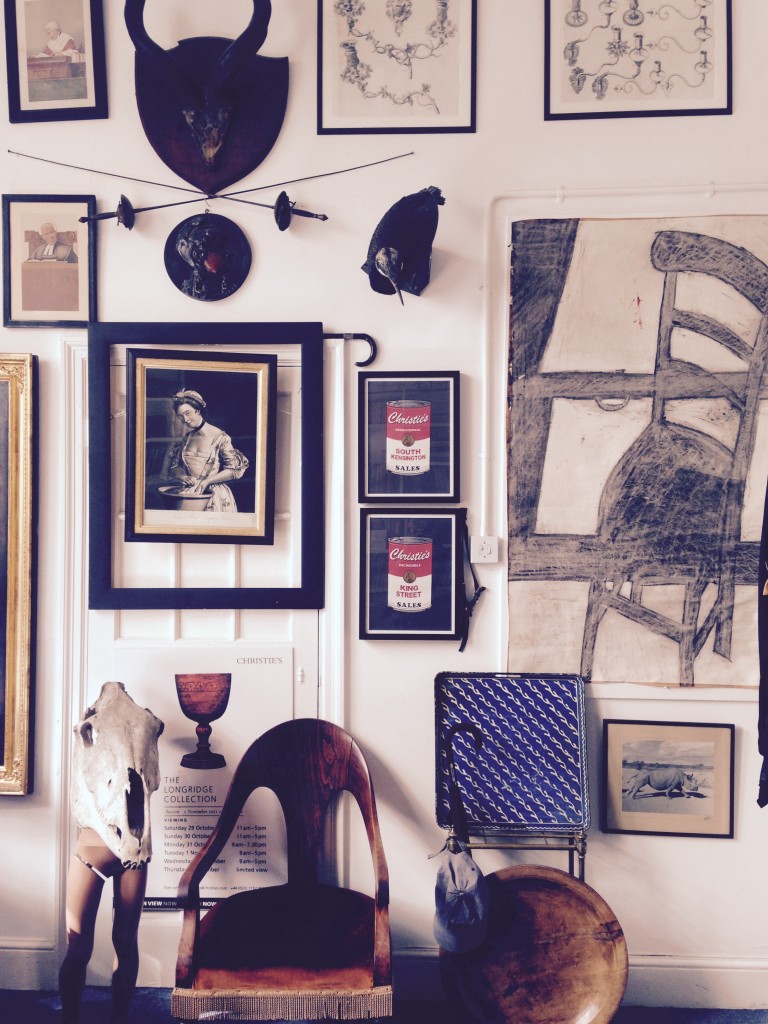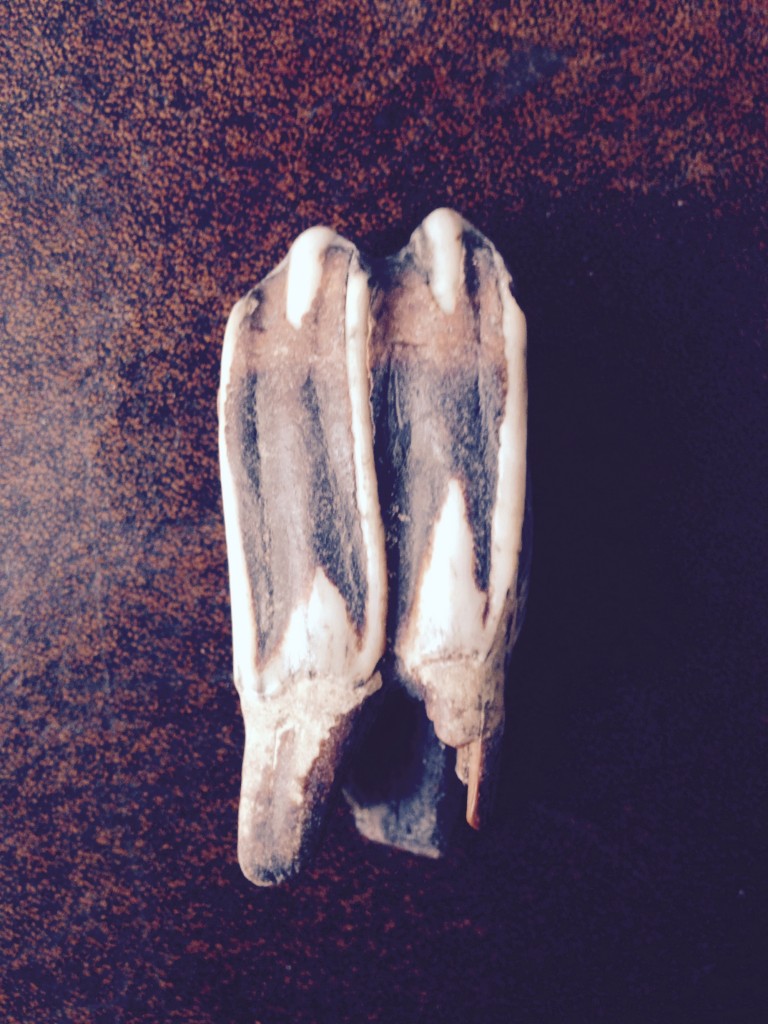I thought once a month I would connect with people I’m close with to share favourite things and ask fellow compulsive collectors what they couldn’t live without. Nic McElhatton who is the Chairman at Christies South Kensington Auction house has been a friend of mine since we both started off as porters at Christies when we were twenty. Nic was clearly more employable than I was and has carved a long and successful career at Christies. We have always kept in touch and in 2012 he orchestrated the sale at Christies of my own collection when Jamb had to move showrooms. He truly is one of the most kind and generous men I know with a wonderful eye for collecting and a true artist in his own right. Nic took me through the objects he has collated in his home and his office at South Kensington and explains their stories below:
An objects value is immaterial to me, whether its worth a million pounds or five pounds, I’m divorced from my work in that aspect. For me it’s about bringing things together. When I bring home an object, that I’ve usually found rooting around in London markets, the dynamic of the whole collection changes. It is constantly evolving and that is what interests me – how things work together. I have a passion for objects made from wood. I found this 19th century Black Forest Owl hat rack in an antique centre in South West London. It was coated in fading white gloss paint and not looking particularly happy. It didn’t have a price tag, but I knew instantly what it was and was very pleasantly surprised when I was told the owner only wanted £20 for it. I took it home and immediately started the slow process of dry stipping the old gloss paint. I’ve seen hat stands like this before, but this Black Forest item is particularly beautiful. I love the bird’s attentive stare and the way its wings are partially unfurled. He’s a cool chap.
I discovered the Punch and Judy ghost in a mahogany wooden case – an incongruous marriage as they didn’t belong together but I’m glad I found him there. It’s hard to age, but it’s probably late 19th century. I love its head and fantastic cape. I added a spider and rock crystal skull to enhance him. I’m a trustee of the Museum of Folklore and whenever the founder Simon Costin comes to see me, he always admires it.
My display case holds the weird bits and pieces that I’ve collected over the years. I love these early Victorian miniature bright cut steel scissors.
They’re probably from the Birmingham or Wolverhampton area which were centres of metalwork manufacture during the industrial revolution. I presume its a sample sheet that a tradesman would have used to sell. Each of the tiny scissors are different and they actually work. I just adore that.
Ladies took snuff as well as gentleman in the past centuries so I find this highly amusing. Usually the snuff boxes are the typical spiral rams horn shape, so this is very unusual and unique. It is a very old example, probably late eighteenth century, beautifully made with a silver plated cover.
I’ve been collecting these bottles covered in cigar labels and have never worked out exactly what or why they were made. I imagined a bored bar tender or tobacconist in Holland fastidiously retrieving the labels from thousands of cigars and aligning them into a perfect symmetrical arrangement onto these bottles. I love the effort and work involved in the decoupage work.
I have to be surrounded by my objects in my office. I couldn’t sit in an empty white room, however beautiful it is. Amongst this conglomeration is a nineteenth century Japanned tray that I found discarded in a bin bag round the corner from my office. A Regency simulated rosewood spoon back chair, a sycamore trencher and my latest amalgamation of found objects. A beautifully patinated shire horse skull that sits on the legs of a child mannequin. It was an old tradition to bury favourite animals, or parts of them in this case, under the floor boards or flag stones of their owners houses. I found this old skull in West Sussex. The wax and carbon drawing of the chair and window is one of my creations, and the digital prints are by someone who works here at Christies. A lovely spoof of Warhol’s work.
I’ve started mudlarking with a great friend who used to work at Christies and is hugely knowledgable. It’s astonishing what you find on the banks of the Thames at low tide. I was astonished to discover so many old horses teeth, presumably discarded in the river from the old knackers yards that used to be located near the river. My friend is a registered mudlarker, you need a license to go larking on your own and I’m seriously thinking of getting one. Its such great fun and satisfies my need to treasure hunt. The teeth are wonderfully sculptural and beatifully patinated but totally worthless. They are my new favourite things!


